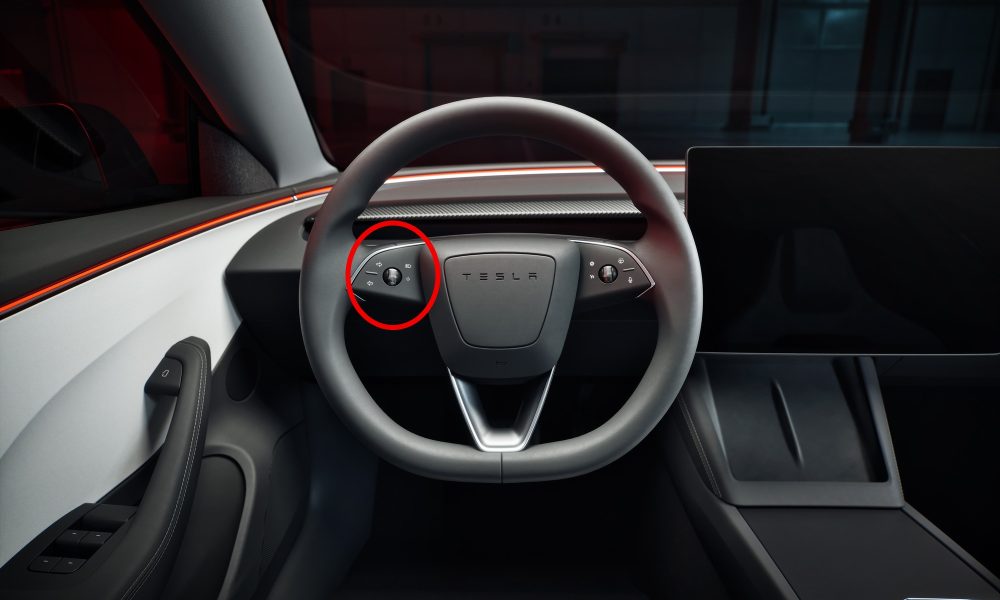The recent passing of President Trump’s “Big Beautiful Bill” by the United States House of Representatives has significant implications for the electric vehicle (EV) industry. The bill effectively brings an end to various EV subsidy programs, including the $7,500 tax credit for new EV purchases, a $4,000 credit for used electric vehicles, and a $1,000 credit for the installation of Level 2 chargers. Additionally, solar subsidies that support clean energy generation in residential settings will also be impacted by this bill.
One of the most notable changes introduced by the bill is the implementation of a $250 road use fee for EVs. These changes are expected to have a negative impact on consumers who rely on these subsidies to make EVs more affordable. Without these incentives, many potential buyers may find it challenging to purchase an EV in the coming years, unless manufacturers can lower prices to make them more accessible.
While the bill poses challenges for the EV industry as a whole, there are potential benefits for Tesla, particularly in terms of timing. The sunset of the $7,500 tax credit means that consumers who have been considering purchasing an EV, especially from Tesla, will need to make a decision sooner rather than later. This sense of urgency could drive sales for Tesla and other automakers in the short term.
Furthermore, Tesla’s plans to introduce more affordable models in 2025 could help offset some of the losses resulting from the elimination of the tax credit. These models, expected to be priced around $30,000, have the potential to appeal to a broader market segment without relying on subsidies to make them affordable. This strategic move by Tesla aligns with the company’s goal of making electric vehicles more accessible to a wider audience.
Overall, while the “Big Beautiful Bill” may present challenges for the EV industry, it also creates opportunities for innovation and adaptation. By focusing on manufacturing efficiencies and introducing more affordable models, companies like Tesla can navigate the changing landscape of EV subsidies and continue to drive the transition to sustainable transportation.

